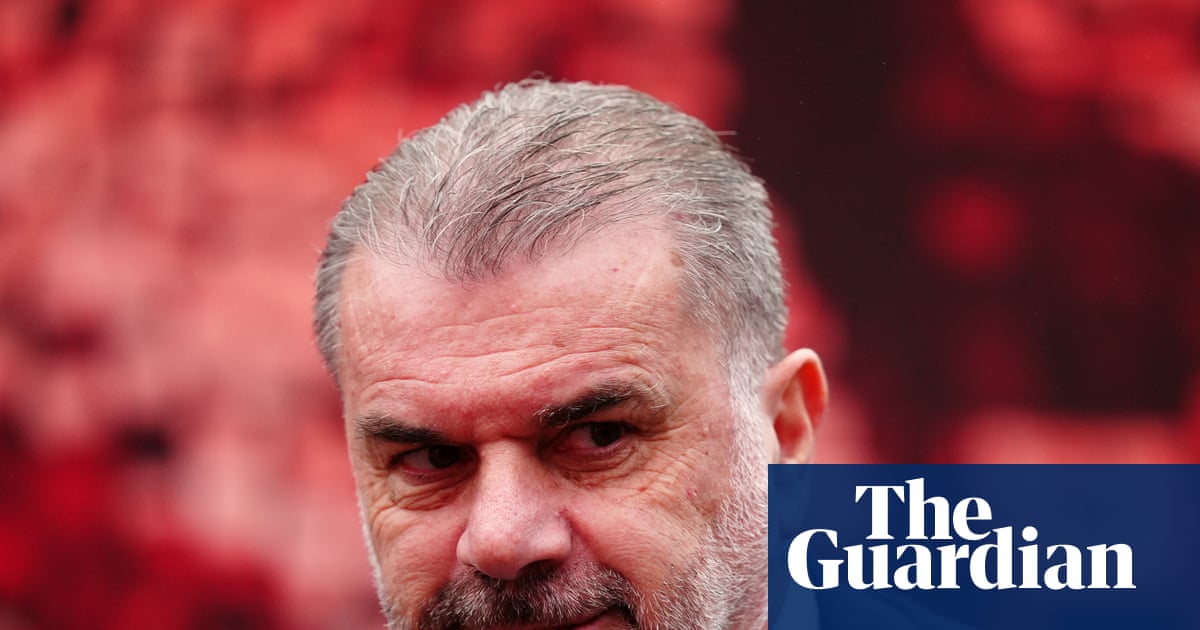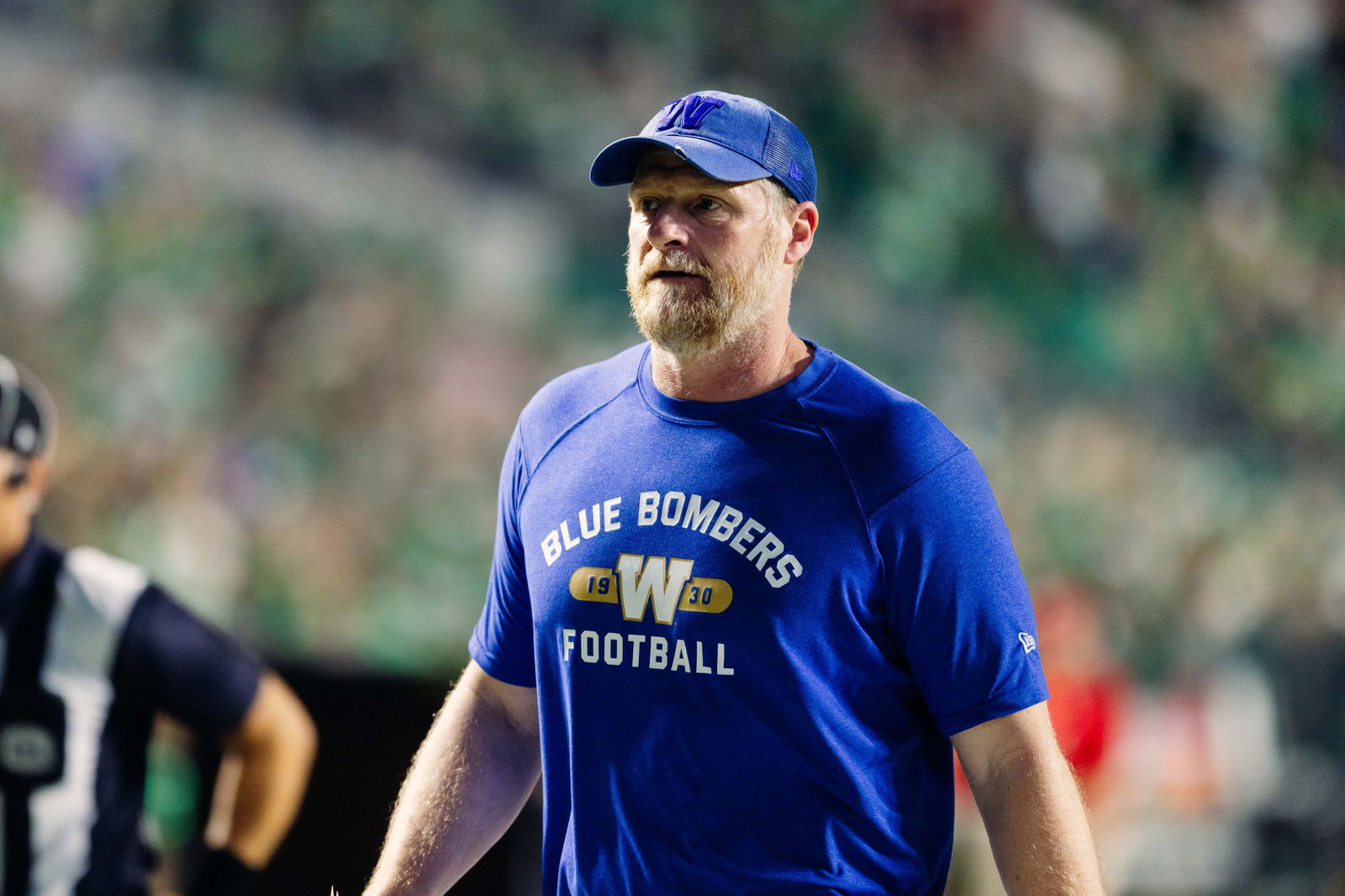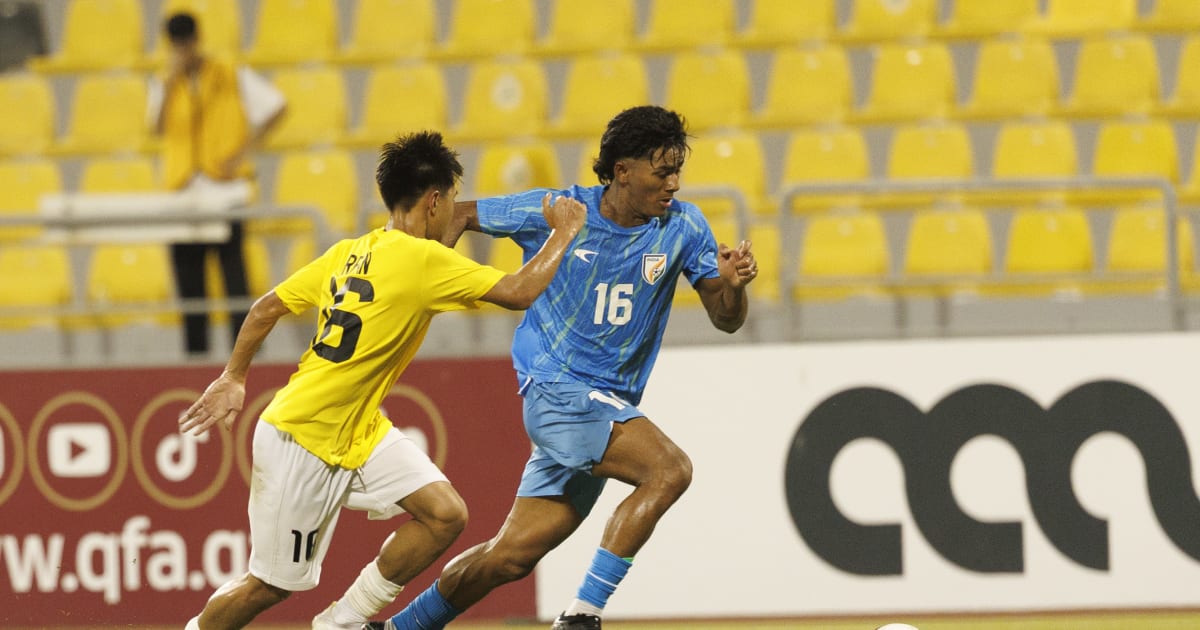‘Not ideal’: WSL coaches react to mid-match TV interviews after fans’ backlash

There were few stranger sights on the opening weekend of the Women’s Super League season than that of the London City Lionesses manager, Jocelyn Prêcheur, standing in his technical area with large headphones on and a microphone in hand.After Nikita Parris went in the book for a hefty challenge on Katie McCabe 20 minutes in, Prêcheur was called to do a live interview with the BBC. It was three minutes after Kosovare Asllani had converted from the spot for the visiting team, scoring her side’s first WSL goal and shocking the Emirates Stadium crowd. And there was the manager with his back to the pitch, live on air.“I’m happy they didn’t do it in the second half,” the Frenchman joked after his side had conceded four to lose the game, when asked about what it was like to conduct an interview mid-match.For Arsenal their manager, Renée Slegers, was interviewed at half-time and the injured Leah Williamson took on mid-match duties with Arsenal leading 2-1 and while play was paused for substitutions.“It was something they did in the Swedish League as well so I’ve done it before,” Slegers said. “Of course I want to focus on my team and half-time is crucial for us so it’s not ideal from a coaching perspective, but I also see the bigger picture that we have to collaborate with broadcasters. Every single piece that we can develop in the women’s game and women’s football is positive for us.”At Stamford Bridge on Friday night, the injured Lucy Bronze sat in the press box with Sky Sports for her own mid-match intervention, this one coming while match action was ongoing and included her being asked about Chelsea’s shorts sponsor.These new interview slots were included in the new broadcast deal signed by WSL Football with Sky Sports and the BBC with broadcasters requiring ever greater levels of access for the amount of money they pour into the sport.In the regulations each manager is required to do in-game and half-time interviews only once per season for Sky Sports and the BBC and requests are to be managed on a match-by-match, club-by-club basis. It is a feature that won’t be used every weekend and only when deemed appropriate and impactful.The WSL is not alone in experiencing this shift in broadcast requirements with the Premier League also introducing some half-time interviews and providing some dressing room access.Among the reasons are that football authorities and broadcasters across the men’s and women’s games are desperate to engage younger audiences and they have widely concluded that young people prefer to consume news and content in short-form.The response has been to try to find ways for football to fit that mould, hence the regular discussions around the prospect of shorter matches, including around the wild proposals for a European Super League in 2021, and the emergence of non-Fifa affiliated smaller sided leagues with a heavy focus on social media such as the six-a-side Baller League or seven-a-side World 7s.A slight aside: for some reason, in the men’s game specifically, the fact that young fans cannot afford to go to football matches in person, helping to build that long-lasting committed relationship with a club and culture and the sport as a whole, appears alien to the moneymen.Then there is a desperation for football to properly crack the lucrative US market and so the American sports experience is being looked at for ideas. There will undoubtedly be some good to come from this exploration of the fan experience on offer around the NFL, NWSL, NBA, WNBA etc but there is also strong resistance among fans to the increasing Americanisation of football.The response to the WSL’s mid-match interviews has been an emphatic no from fans. Variations of “please don’t do this again” and “no one wants this” were the dominant replies to the idea on social media. Trawl through the comments in response to the BBC’s own post on the issue (which said: “New season … new in-game interviews! Thoughts?”) and your quest for a positive one will be long-lasting.WSL Football is looking at multiple options to innovate and develop broadcast coverage for fans and any decision related to broadcast regulations is subject to a consultation process with the clubs, and managers and head coaches specifically. It is also understood that some managers met the league on Monday and gave positive feedback about the execution of the mid-game access. There is also believed to be a consensus among all clubs on the need to find more ways to be more accessible to fans and how they engage with managers and head coaches within matches was one of the areas identified as a key way of improving the tactical analysis.It is widely accepted that WSL viewing figures need to improve and the fanbase needs to grow and experimentation with things intended to help do that, within reason, should be welcomed. This, though, doesn’t feel like an initiative that is going to get fans to switch on or switch over to watching the WSL. |Instead it is alienating the traditional fanbase, the most engaged fanbase, that doesn’t want to see mid-game distractions from what is taking place on the pitch, for themselves or their players and managers.Concerns also include the possibility of a player swearing, being on air as a goal is scored against their side (see the pregnant Mallory Swanson’s mid-game interview interrupted by a goal scored by Bay FC against Chicago Stars) or a manager missing a critical moment as they talk on air. There were some complaints that substitutions were missed by those watching during Williamson’s interview. Meanwhile, Prêcheur’s interview came during a pause in play, often a time when players come towards the technical area to discuss the game with their head coach.We shouldn’t automatically criticise new ideas and taking risks, but we can ask questions and discuss whether they work.Get in touchIf you have any questions or comments about any of our newsletters please email moving.goalposts@theguardian.com








